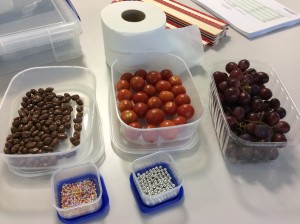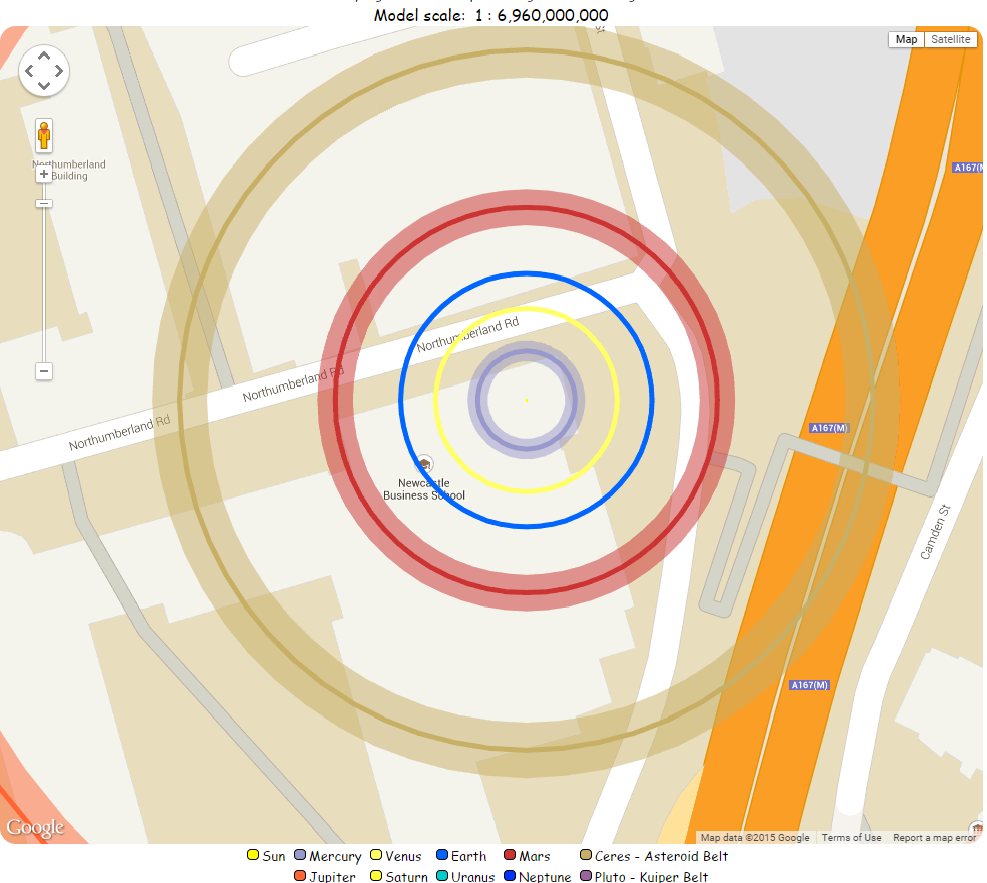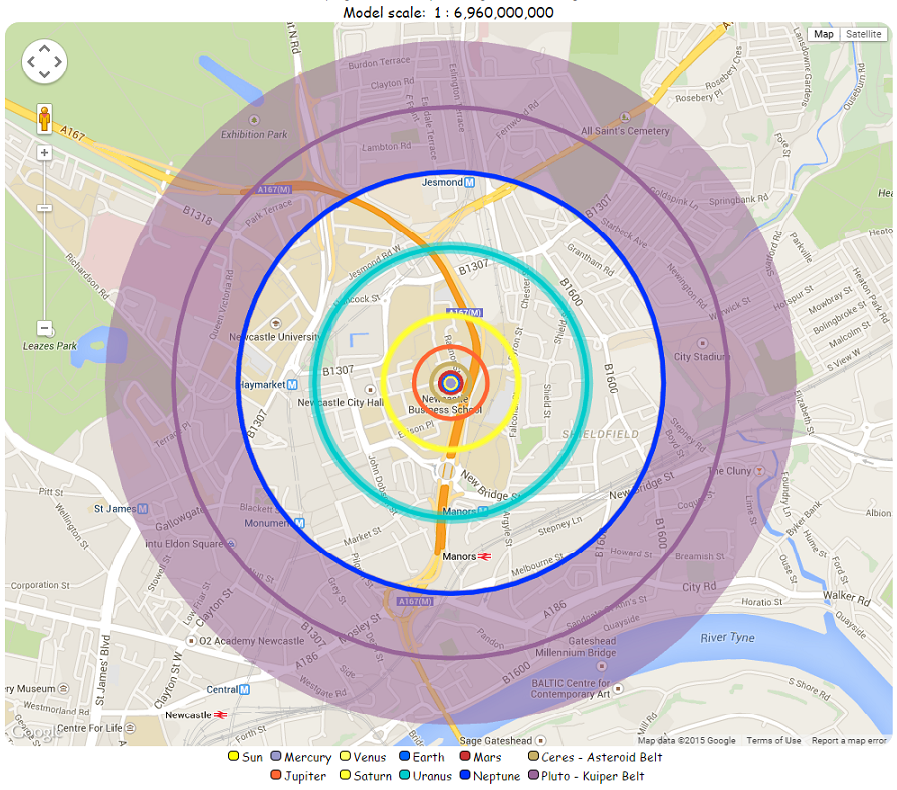View the transit of Mercury on 9th May
This May will provide us with a fantastic opportunity to observe a transit of Mercury. It should be possible to view the eclipse from your school or home, but we will need to keep our fingers crossed for good weather.
What’s a transit of Mercury?
Like a solar eclipse, when the Moon obscures the Sun, a transit occurs when Mercury or Mars (the only planets between us and the Sun) partially block the view of the Sun from the Earth. A transit is much rarer than a solar eclipse. A solar eclipse may occur a few times a year, while transits of Mercury occur between 3.5 and 13 years apart, and transits of Venus come along only every century or so.
The next transit of Mercury will start just after midday on 9th May and will finish at around 7:40pm
How to observe the transit safely
The best way to observe in a group is to project an image of the Sun onto a shaded white surface using a telescope. CLEAPPS Guidance leaflet provides excellent information about how you can set this up: www.cleapss.org.uk.
However if you do not have a telescope, or the weather is poor on the day, live streams of the transit will be available on the internet. ESA will be providing one and the link will be provided on their website closer to the event.
Never look directly at the sun!
You could permanently damage your eyesight
Activities
The Royal Astronomical Society have produced a teachers activity pack (PDF link) which contains a range of different worksheets and activity suggestions for use with primary and secondary students. The pack also supports literacy and numeracy, and features Mercury-themed cupcake investigations.
You could ask pupils to compare the size of Mercury and the Sun. They could do this by looking at the diameter of the two objects, the area of the disc, or their volume. Which approach gives the best idea of the relative scale of the two? NASA has created a solar system explorer website that will help students investigate further.




